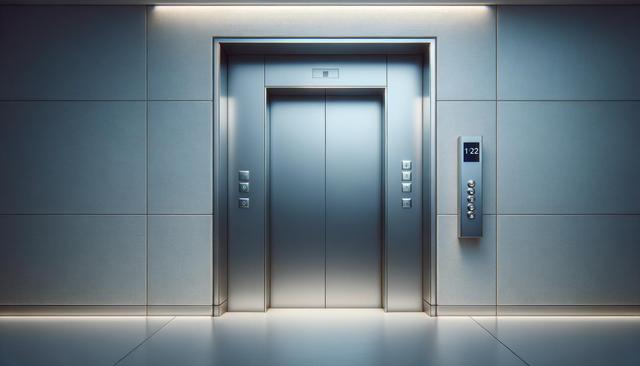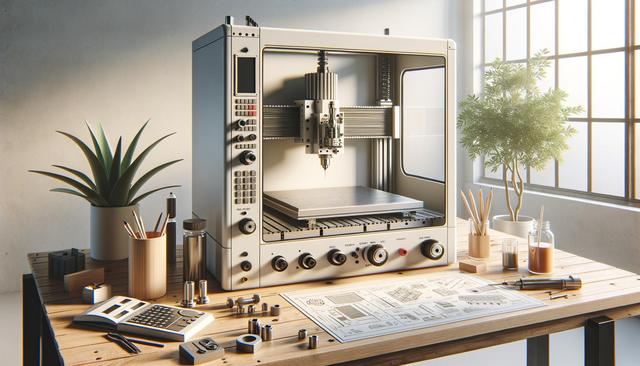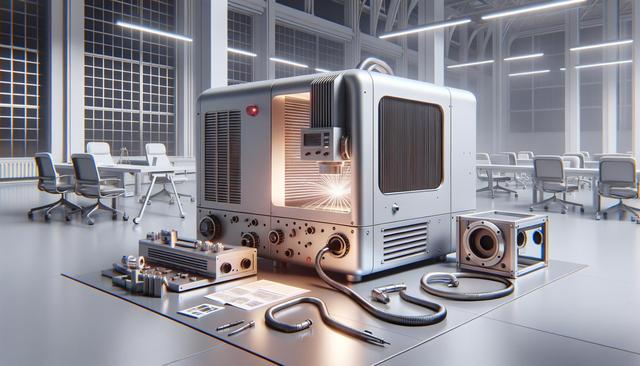The Role of Lift Services in Modern Infrastructure
Lift services have become a fundamental component in the design and operation of both residential and commercial buildings. As urban spaces grow vertically, the demand for efficient vertical transportation systems increases. Lift services not only improve accessibility for individuals with mobility challenges but also enhance the overall functionality of a building. These systems are essential in high-rise structures, hospitals, shopping centers, and office towers, where moving between floors quickly and safely is a daily necessity.
In addition to convenience, lift systems contribute to building compliance with accessibility laws and regulations. Architects and developers must often ensure that their designs include lifts to meet legal standards. Whether it’s a passenger lift, freight elevator, or platform lift, each type serves a specific purpose and complements the architectural layout of the building.
Types of Lift Services and Their Applications
There are various kinds of lift services available, each tailored to meet different needs and environments. Understanding these types can help building owners and managers choose the right solution for their specific context.
Common types of lift services include:
- Passenger Lifts – Designed to transport people between floors efficiently and comfortably.
- Goods Lifts – Used in warehouses or commercial spaces to move heavy items.
- Platform Lifts – Ideal for wheelchair users and improving accessibility in smaller buildings.
- Service Lifts – Often used in hotels and restaurants for transporting food or laundry.
Each of these lift types comes with unique features, such as weight capacity, speed, and control systems, all of which must be considered during the selection process. Lift service providers often conduct site assessments to recommend the most suitable lift system based on a building’s layout and usage.
Importance of Regular Maintenance and Safety
Once installed, lift systems require ongoing maintenance to ensure safe and reliable operation. Routine inspections help identify potential issues early and prevent costly breakdowns. Maintenance services typically include:
- Inspecting mechanical and electrical components
- Testing emergency systems like alarms and backup power
- Lubricating moving parts to reduce friction and wear
- Updating software and control systems as needed
Safety is a top priority in lift operation. Regulatory bodies often mandate strict safety standards, and non-compliance can result in penalties. Building owners should partner with certified lift service providers to perform scheduled maintenance and ensure that the lifts meet all safety requirements.
Choosing the Right Lift Service Provider
Selecting a lift service provider goes beyond cost considerations. Reliability, experience, and customer service are crucial factors that influence long-term satisfaction. A good provider should offer:
- Custom installation services based on building specifications
- Clear maintenance contracts and response times
- Access to certified technicians and genuine replacement parts
- Compliance with national and international safety standards
Many providers also offer modernization services, helping to upgrade older lift systems with newer technologies. This can improve energy efficiency, user experience, and compliance with current regulations. Building managers should evaluate potential providers based on client reviews, service scope, and technical expertise.
Future Trends in Lift Technology
Lift technology continues to evolve with advancements aimed at improving efficiency, sustainability, and user experience. Some key trends shaping the future of lift services include:
- Smart Lifts – Integration with building management systems for real-time monitoring
- Touchless Controls – Enhancing hygiene and accessibility, especially in public buildings
- Energy-Efficient Systems – Regenerative drives and LED lighting to reduce energy consumption
- Remote Diagnostics – Enabling faster troubleshooting and reduced downtime
As buildings become smarter, lift systems are also expected to support predictive maintenance, personalized user settings, and improved connectivity. These innovations not only enhance convenience but also contribute to the overall sustainability goals of modern infrastructure projects.


